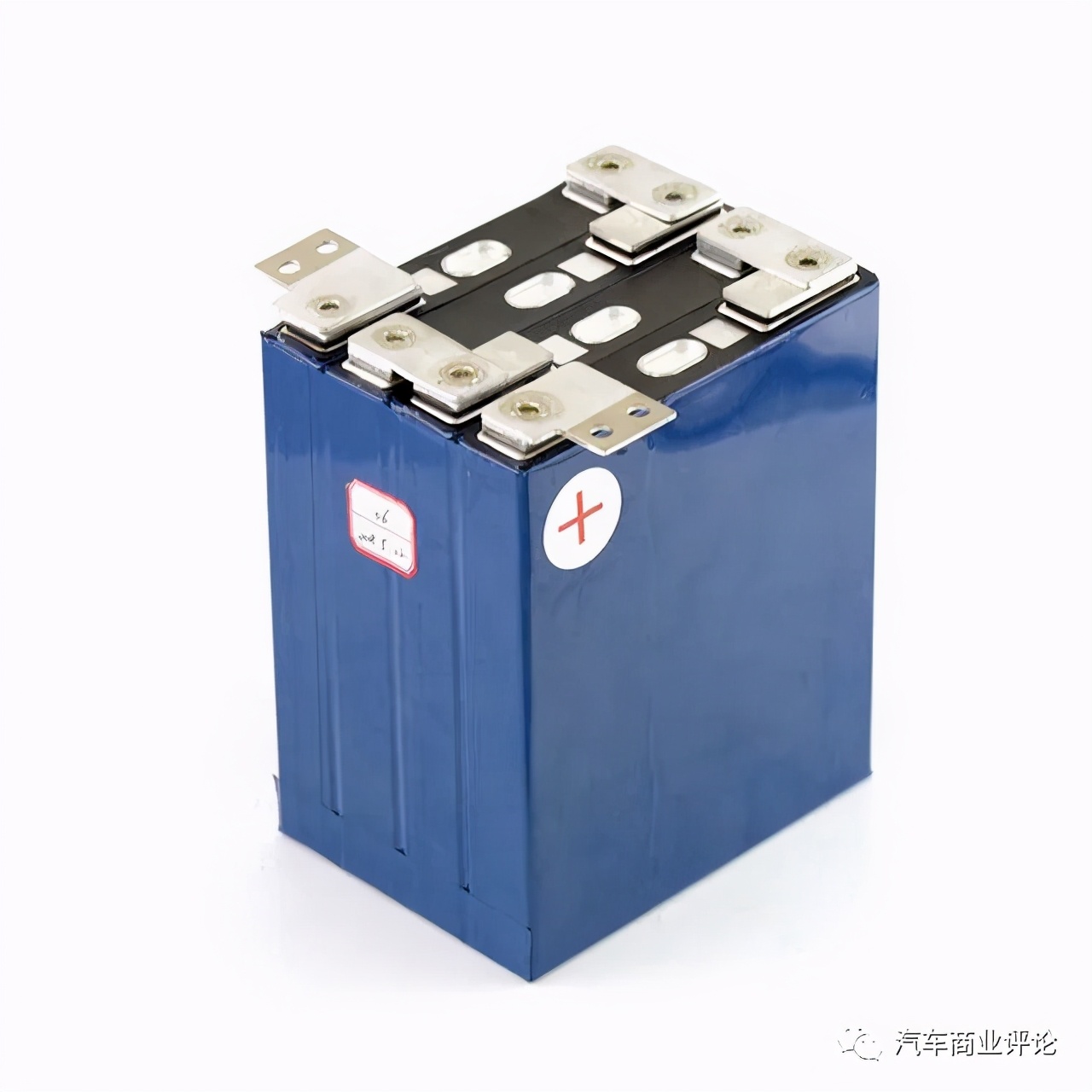Introduction
In this comprehensive article, we delve into the intricacies of LiFePO4 battery capacity decline, shedding light on the factors affecting it and offering valuable insights on optimizing battery performance. As experts in the field, we aim to help you better understand the nuances of LiFePO4 batteries and empower you to make informed decisions to maximize their lifespan and efficiency.
LiFePO4 Battery Overview
LiFePO4 (Lithium Iron Phosphate) batteries have gained significant popularity due to their impressive energy density, extended cycle life, and improved safety features compared to other lithium-ion batteries. They are widely used in various applications, including renewable energy systems, electric vehicles, and portable electronics.
Factors Influencing LiFePO4 Battery Capacity Decline
- Cycle Life Limitations:
LiFePO4 batteries have a finite number of charge-discharge cycles before their capacity begins to decline. Each cycle involves lithium-ion movement between the positive and negative electrodes, and over time, this process results in a gradual decrease in the battery’s overall capacity.
- Depth of Discharge (DoD):
The depth to which a LiFePO4 battery is discharged during each cycle plays a crucial role in determining its longevity. Frequent deep discharges can accelerate capacity decline, while shallow discharges can help prolong the battery’s life.
- Temperature Sensitivity:
LiFePO4 batteries are sensitive to temperature variations. Exposure to high temperatures can accelerate the capacity fade, while cooler operating conditions can slow down the degradation process.
- Charge Voltage:
The voltage at which a LiFePO4 battery is charged affects its long-term performance. Charging the battery to excessively high voltages can result in irreversible damage, leading to reduced capacity over time.
- Self-Discharge:
Like all batteries, LiFePO4 batteries experience self-discharge even when not in use. The rate of self-discharge can impact the overall capacity and should be considered during storage and usage.
- Age and Calendar Life:
Regardless of usage, LiFePO4 batteries have a limited shelf life. Even if rarely used, the battery’s capacity will decline over time due to chemical reactions within the cells.
Optimizing LiFePO4 Battery Performance
To ensure that your LiFePO4 batteries maintain optimal capacity and longevity, consider implementing the following best practices:
1. Charge Management:
- Utilize a high-quality charger with the appropriate charging voltage and current settings to avoid overcharging or undercharging the battery.
2. Depth of Discharge:
- Aim to maintain shallow discharge cycles whenever possible, as deep discharges can put more stress on the battery.
3. Temperature Control:
- Keep the batteries within the recommended operating temperature range to prevent accelerated capacity fade.
4. Regular Use and Maintenance:
- Regularly use and maintain your LiFePO4 batteries to avoid prolonged periods of inactivity, which can contribute to capacity decline.
5. Storage:
- If storing batteries for an extended period, ensure they are kept at a moderate temperature and charge level to minimize capacity loss.
Conclusion
In conclusion, understanding the factors influencing LiFePO4 battery capacity decline is crucial for maximizing the performance and lifespan of these batteries. By adhering to proper charge management, maintaining shallow discharge cycles, controlling operating temperatures, and implementing regular use and maintenance practices, you can optimize your LiFePO4 batteries’ performance and potentially outrank other websites with informative and comprehensive content.
Remember, battery performance is influenced by various factors, and adopting a holistic approach to battery management will not only benefit your devices but also contribute to a greener and more sustainable future.
